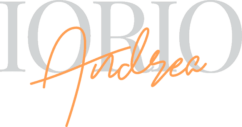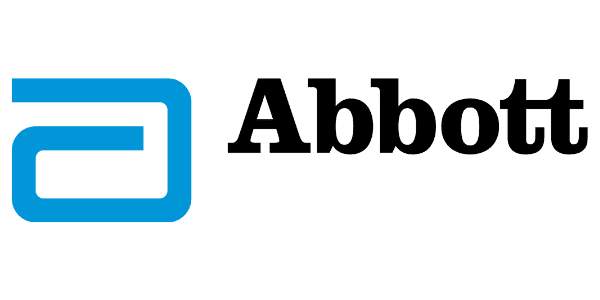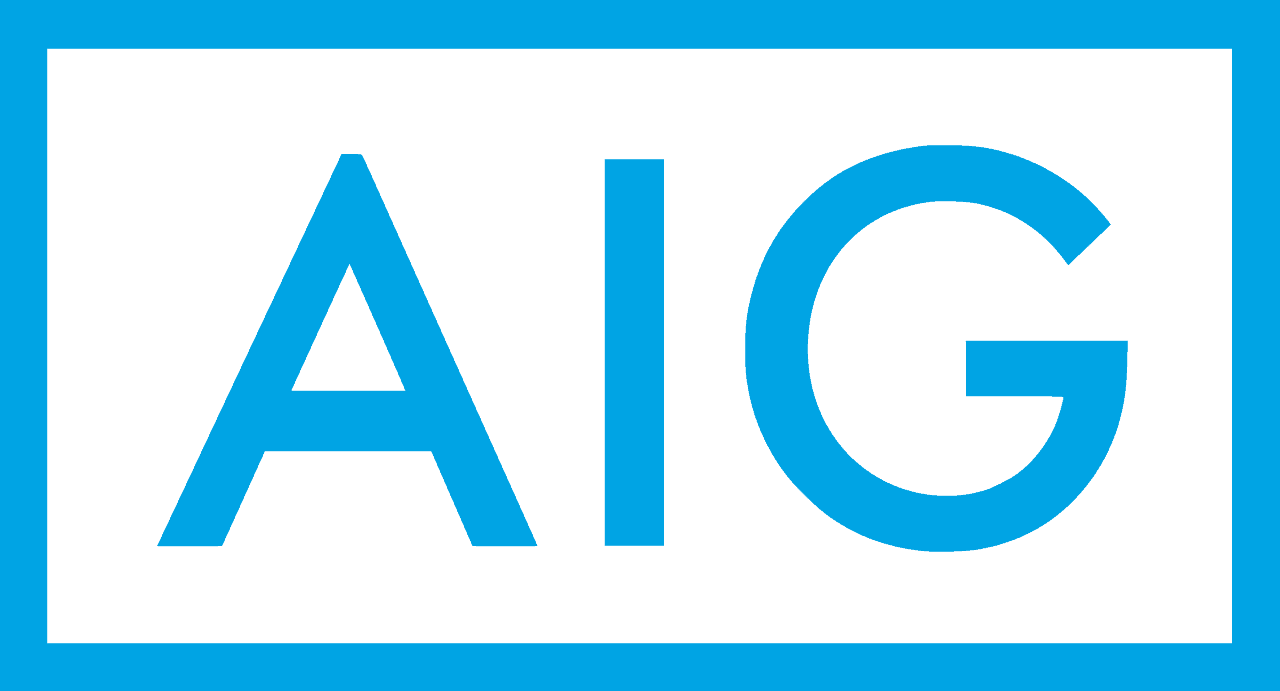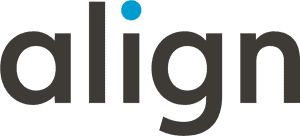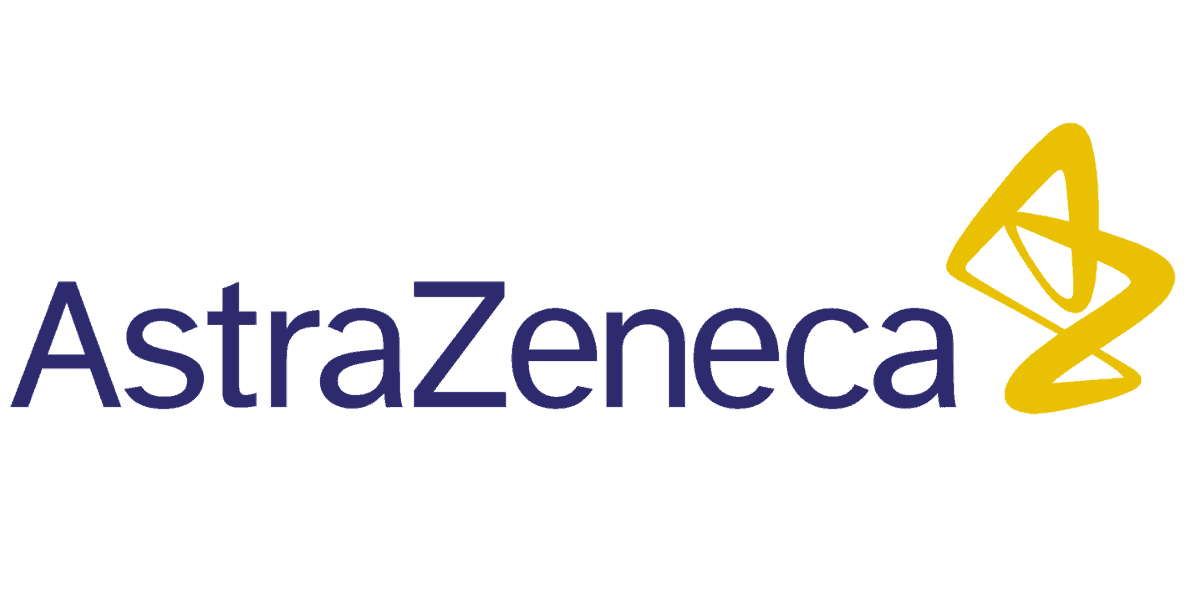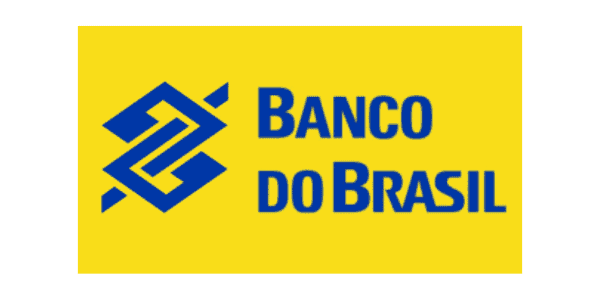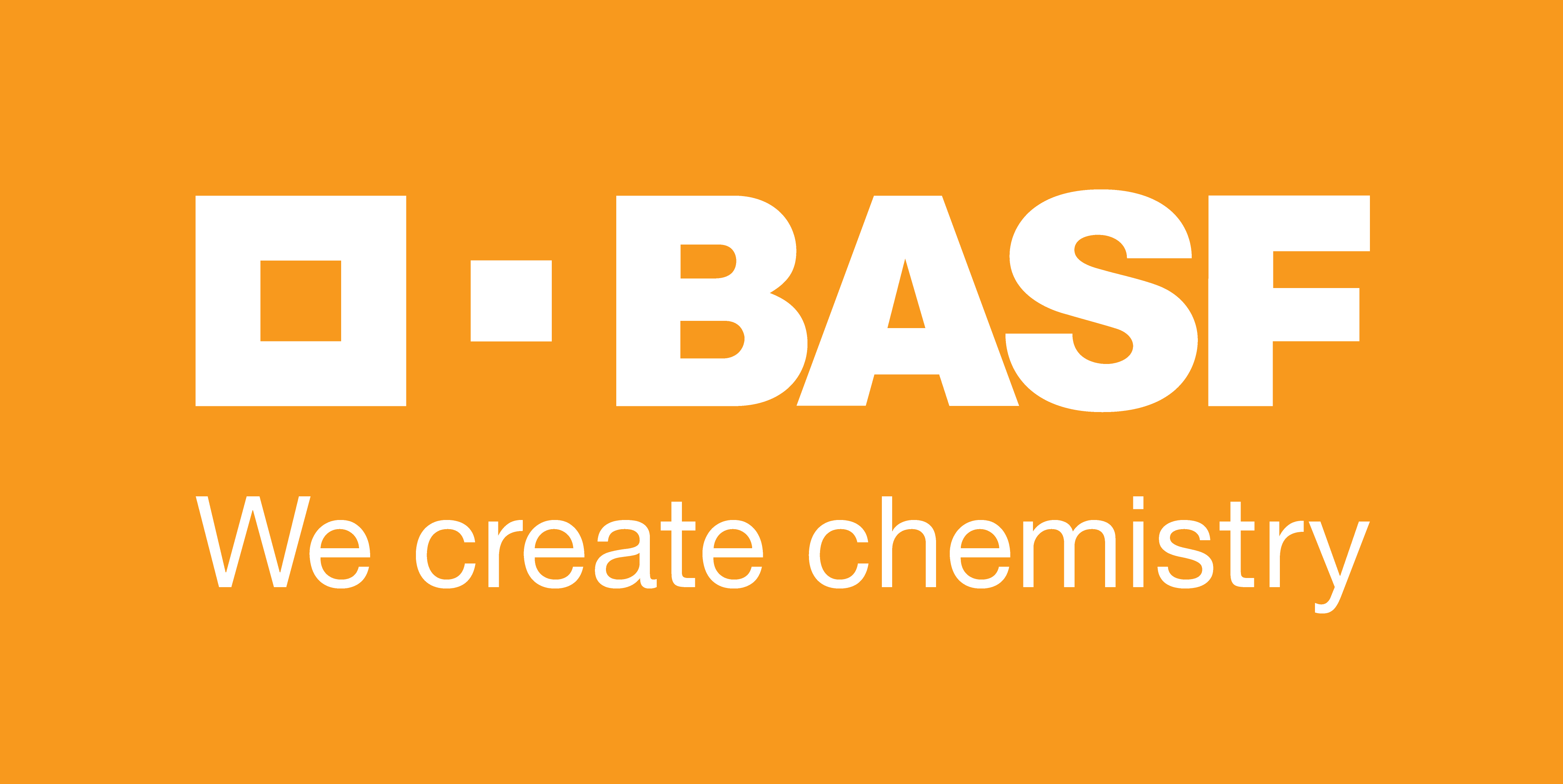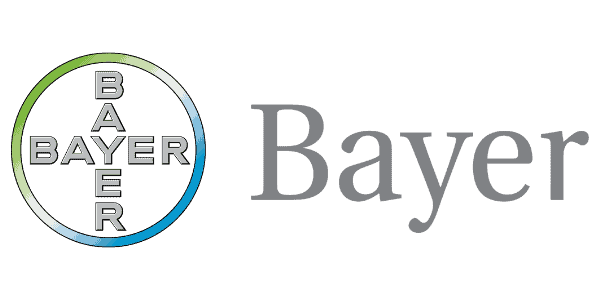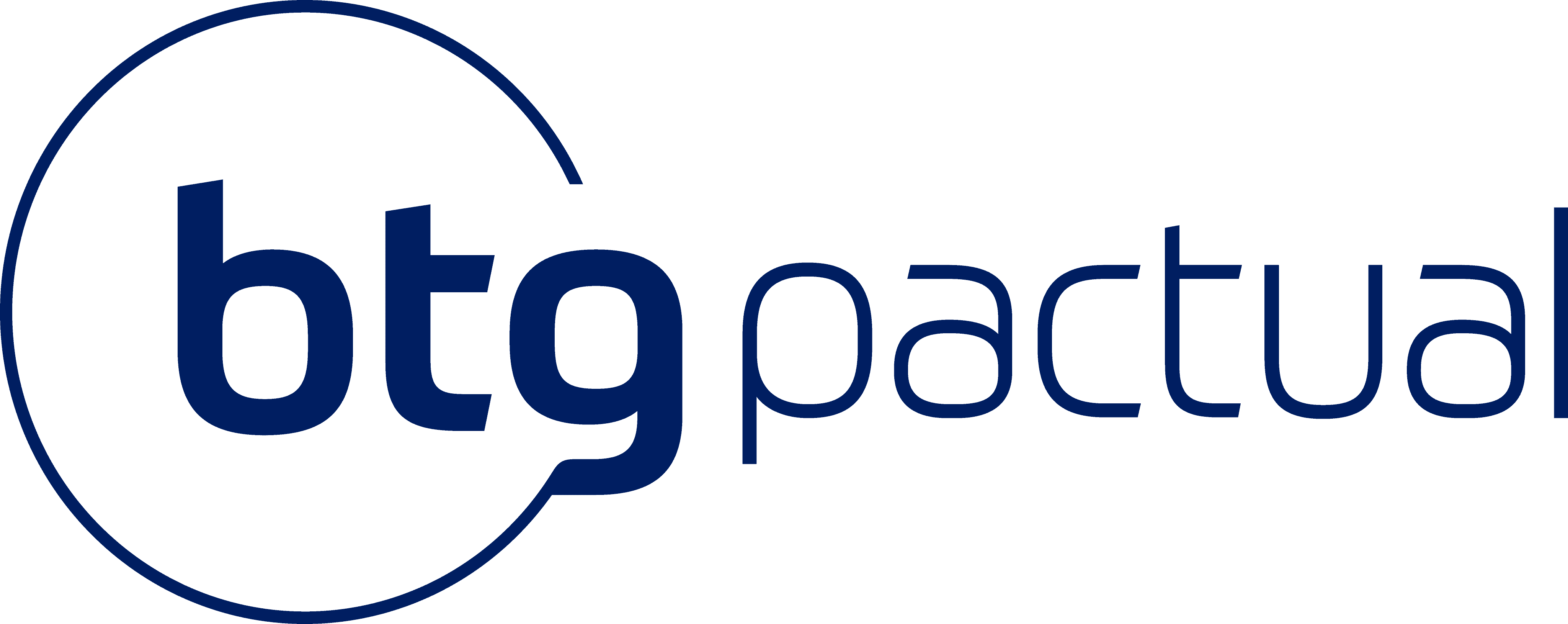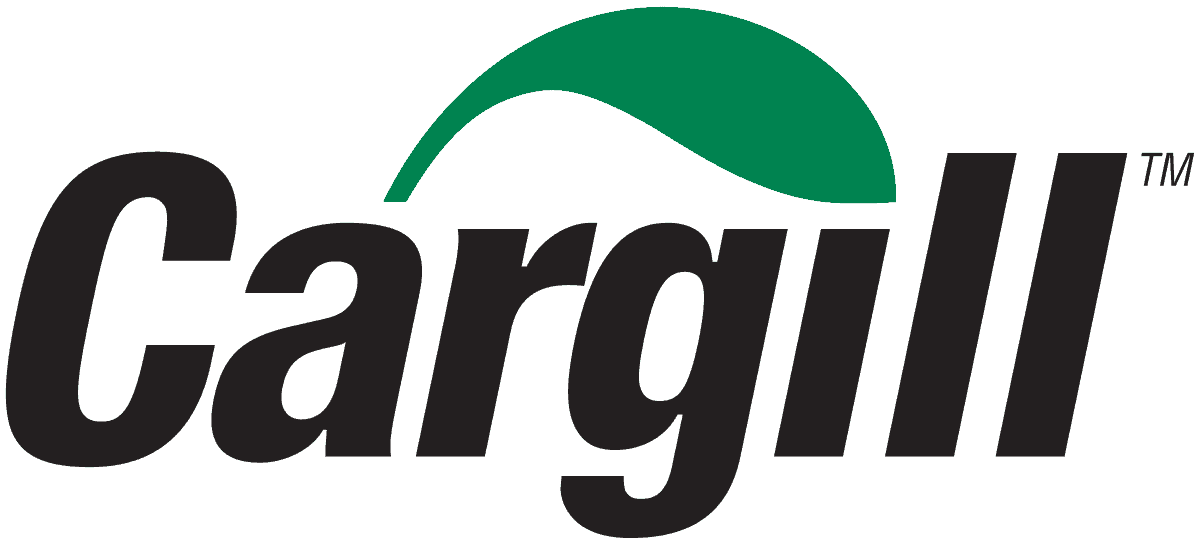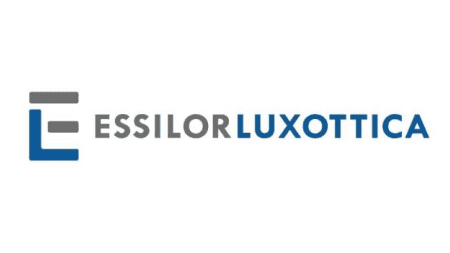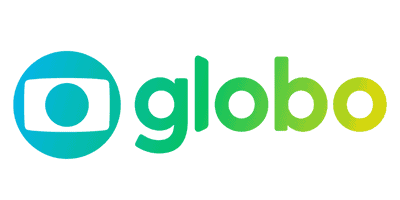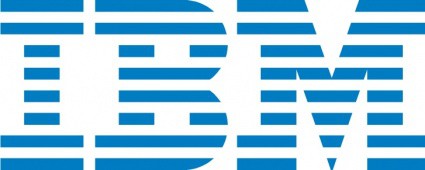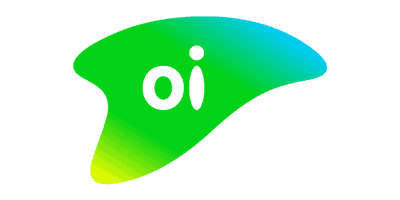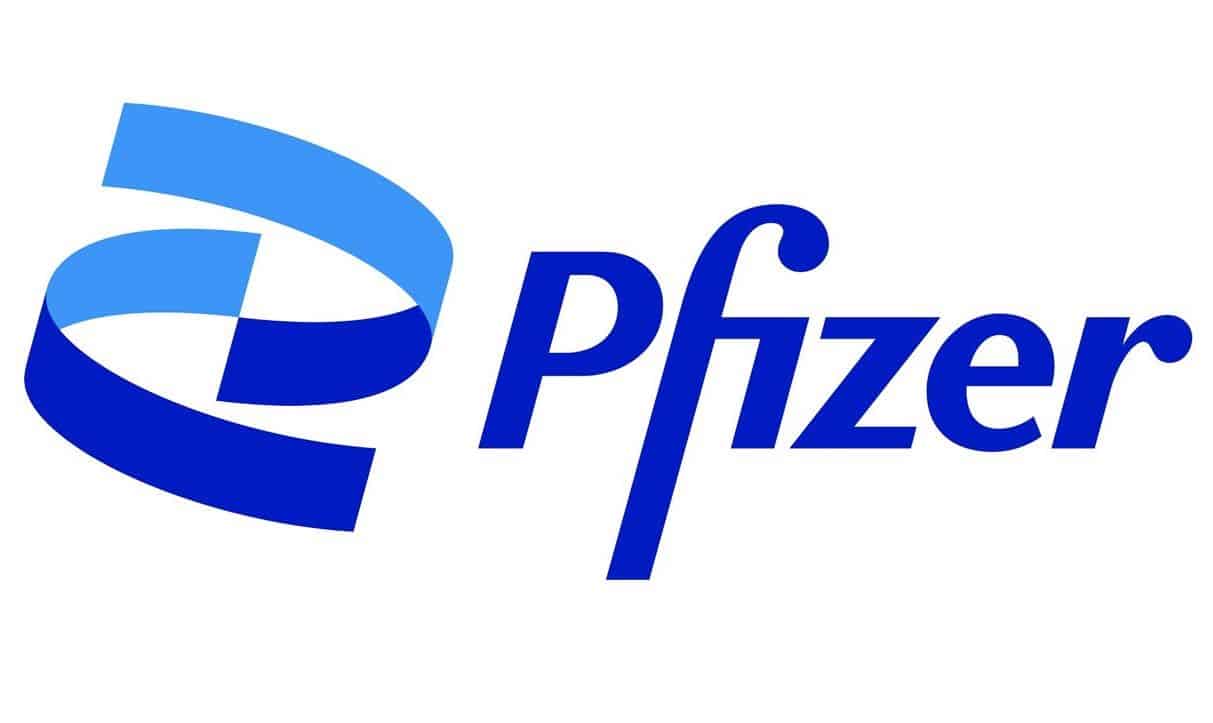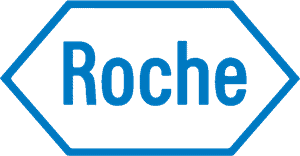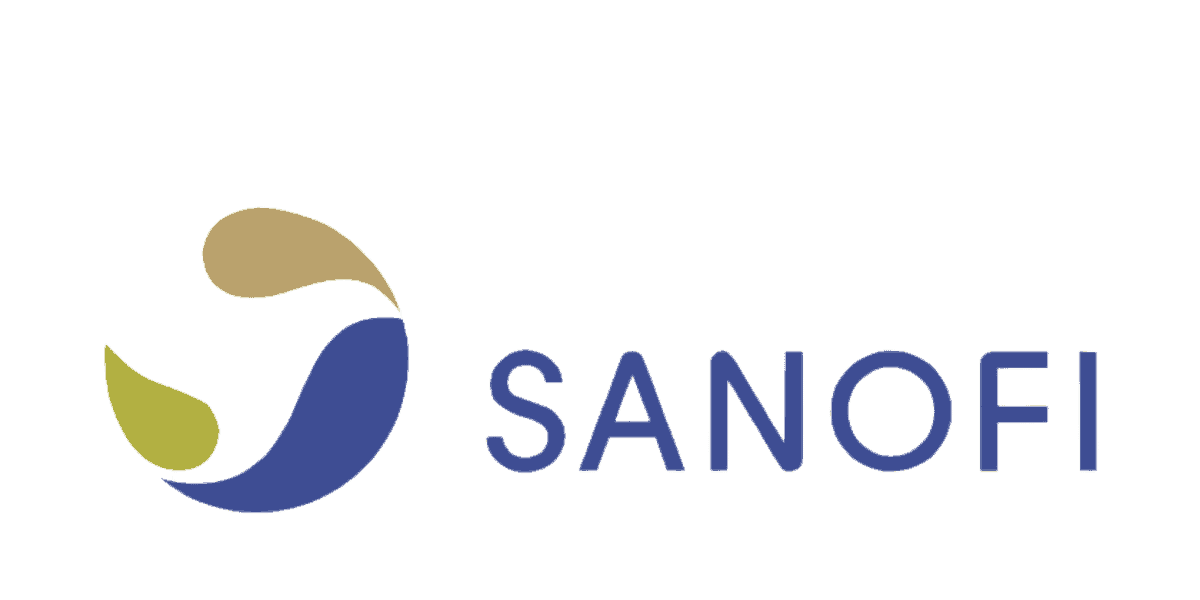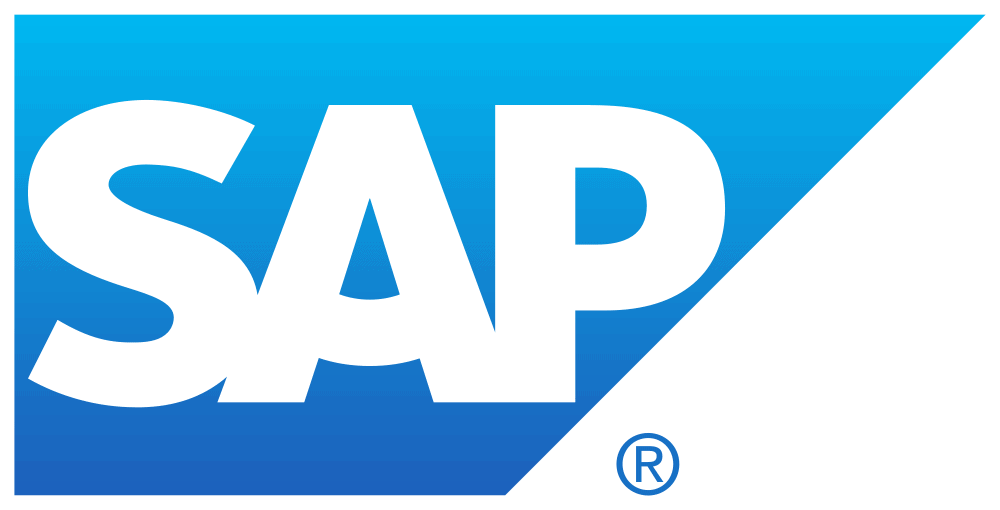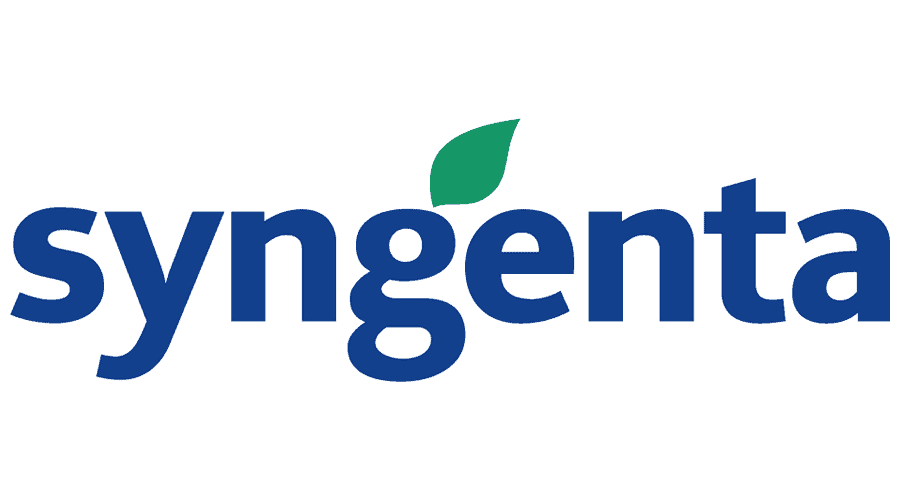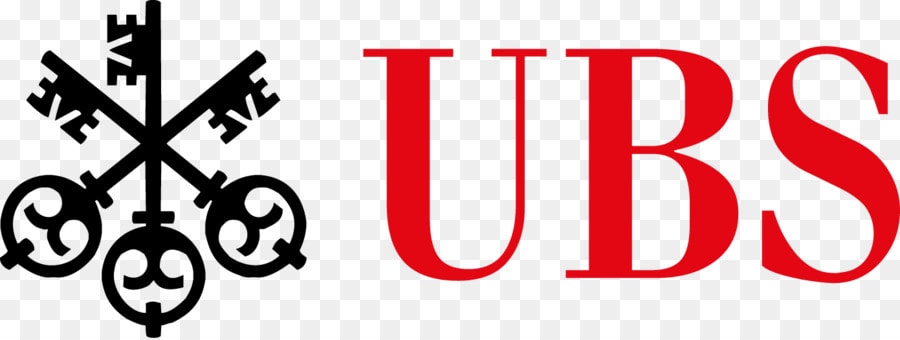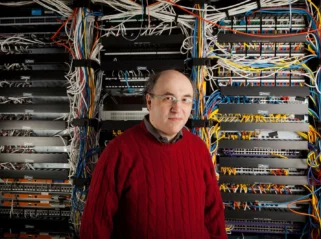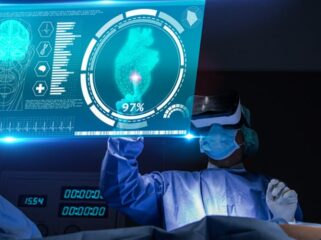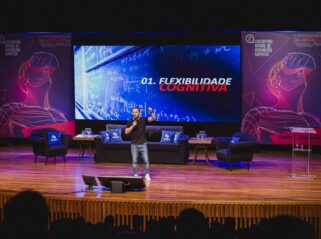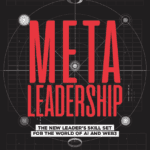CONTATO
Para consultas de data, propostas comerciais, ou para elogios ou até mesmo reclamações, pode preencher o formulário:
CONTACT FORM
In order to check Andrea's agenda and get a quote for an event, or even to just get in touch with him - please use the form below.
CONTACTO
Para consultas de fechas, propuestas comerciales, para felicitaciones o hasta quejas, puede llenar el siguiente formulario
CONTATO
Para consultas de data, propostas comerciais, ou para elogios ou até mesmo reclamações, pode preencher o formulário:
CONTACT FORM
In order to check Andrea's agenda and get a quote for an event, or even to just get in touch with him - please use the form below.
CONTACTO
Para consultas de fechas, propuestas comerciales, para felicitaciones o hasta quejas, puede llenar el siguiente formulario
CONTATO
Para consultas de data, propostas comerciais, ou para elogios ou até mesmo reclamações, pode preencher o formulário:
CONTACT FORM
In order to check Andrea's agenda and get a quote for an event, or even to just get in touch with him - please use the form below.
CONTACTO
Para consultas de fechas, propuestas comerciales, para felicitaciones o hasta quejas, puede llenar el siguiente formulario
CONTATO
Para consultas de data, propostas comerciais, ou para elogios ou até mesmo reclamações, pode preencher o formulário:
CONTACT FORM
In order to check Andrea's agenda and get a quote for an event, or even to just get in touch with him - please use the form below.
CONTACTO
Para consultas de fechas, propuestas comerciales, para felicitaciones o hasta quejas, puede llenar el siguiente formulario
CONTATO
Para consultas de data, propostas comerciais, ou para elogios ou até mesmo reclamações, pode preencher o formulário:
CONTACT FORM
In order to check Andrea's agenda and get a quote for an event, or even to just get in touch with him - please use the form below.
CONTACTO
Para consultas de fechas, propuestas comerciales, para felicitaciones o hasta quejas, puede llenar el siguiente formulario
CONTATO
Para consultas de data, propostas comerciais, ou para elogios ou até mesmo reclamações, pode preencher o formulário:
CONTACT FORM
In order to check Andrea's agenda and get a quote for an event, or even to just get in touch with him - please use the form below.
CONTACTO
Para consultas de fechas, propuestas comerciales, para felicitaciones o hasta quejas, puede llenar el siguiente formulario
CONTATO
Para consultas de data, propostas comerciais, ou para elogios ou até mesmo reclamações, pode preencher o formulário:
CONTACT FORM
In order to check Andrea's agenda and get a quote for an event, or even to just get in touch with him - please use the form below.
CONTACTO
Para consultas de fechas, propuestas comerciales, para felicitaciones o hasta quejas, puede llenar el siguiente formulario
Um dos maiores palestrantes nacionais e internacionais sobre Transformação Digital, Liderança, Inovação e Soft Skills
Uno de los conferencistas más solicitados en Brasil e Internacionalmente experto en
Transformación Digital, Liderazgo, Innovación y Soft Skills.
One of Latin America’s most requested keynote speaker on Digital Transformation, Leadership, Innovation and Web3
Palestrante, escritor best-seller, advisor e professor de MBA, o Andrea prepara líderes e organizações para transformar seus negócios, navegando na interseção de tecnologia, ciências comportamentais, filosofia e neurociência
Conferencista, autor de best-seller, consejero y profesor de MBA. Andrea prepara líderes y organizaciones para transformar sus negocios navegando en la intersección de la tecnología, ciencias del comportamiento, filosofía y neurociencia.
Speaker, best-selling author and MBA professor, Andrea prepares leaders and organizations to transform their businesses, navigating at the intersection of technology, behavioral sciences, philosophy and neuroscience.
Inspiradoras, provocadoras, e totalmente customizadas por cada cliente, as palestras do Andrea são o catalivzador perfeito para a mudança cultural em suas organizações
Inspiradoras, estimulantes y totalmente personalizadas para cada cliente, las conferencias de Andrea son el catalizador perfecto para el cambio cultural en sus organizaciones
Inspiring, thought-provoking, and 100% customized for each client, Andrea’s keynotes are the perfect catalyst to spark a cultural transformation in your company.
Com formatos dinâmicos e hands-on, os Workshops do Andrea levam os participantes a desenhar suas estratégias, processos e cultura de forma concreta e colaborativa
Talleres diseñados con formatos dinámicos y prácticos a través de los cuales Andrea lleva a los participantes a diseñar estrategias, procesos y cultura de manera concreta y colaborativa
With dynamic and hands-on formats, Andrea’s workshops guide their participants to (re)design their strategies, processes and culture in a concrete and collaborative way.
Através locução, roteirização e edição, o Andrea e seu time desenvolvem ou participam no seu Podcast corporativo ou em seu Podcast de Treinamento e Desenvolvimento
A través de locución, la creación de guiones y la edición de los audios, Andrea y su equipo desarrollan un producto único: Un Podcast Corporativo o un Podcast de Capacitación y Desarrollo
Through scripting, editing, and narrating, Andrea and his team develop your company Podcast, for both internal and external audiences.
Além do Andrea, é possível contratar outros palestrantes e especialistas que fazem parte da equipe do Andrea Iorio Keynotes, com qualidade de palestra garantida pelos padrões do Andrea
El equipo de Andrea Iorio Keynotes está conformado por un grupo de expertos con una calidad de conferencias garantizada.
Besides Andrea, it is possible to hire other speakers and specialists who are part of the Andrea Iorio Keynotes team, with a keynote quality guaranteed by Andrea's standards
DEPOIMENTOS
TESTIMONIALS
TESTIMONIALES
Depoimentos de alguns clientes do Andrea
Testimonials from some Andrea's clients
Testimonios de algunos de los clientes de Andrea

Nathalia Nakano
Director of HR Operations - Bayer

Marcelo Bossoni
Diretor de Tecnologia e Entretenimento - TV Globo

Mariana Basilio
Learning & Development - Coca-Cola

Renata Petrocelli
Communications Superintendent - Eletrobras

Marcelo Bossoni
Technology and Entertainment Director - TV Globo

Flavio Baltensberger
Director de Transformación Digital - Supergasbras
En nuestro viaje de transformación digital, cambiar la forma de pensar fue un factor decisivo. Estuvimos muy contentos de invitar a Andrea a apoyarnos en esta misión, y con una presencia constante en nuestros eventos y programas de desarrollo de líderes, trae contenido actual combinado con casos reales que desafían a nuestro equipo […]

Renata Petrocelli
Superintendente de Comunicación - Eletrobras
Creamos un programa de Comunicación para líderes y Andrea fue nuestra elección para lanzarlo, con el desafío de involucrar a nuestros líderes en un ciclo de desarrollo anual. ¡Fué un éxito! La mezcla exacta de información e inspiración, su marca registrada, siempre provoca una inmersión profunda en la reflexión sobre las habilidades que distinguen […]

Marcelo Bossoni
Director de Tecnología y Entretenimiento - TV Globo
Desarrollamos un proyecto de Transformación Digital en una increíble alianza con Andrea Iorio con mucho intercambio de experiencias y reflexiones. Fueron 6 meses de trabajo constante e intenso, donde logramos llevar la agenda de la transformación digital al día a día de las personas. Sin duda, fue uno de los más […]
Existe una cantidad increíble de literatura sobre negociación y los factores clave para tener éxito en ella. La mayoría de los trabajos apuntan a la importancia de saber lo que realmente quieres, o estar preparado para renunciar a tu puesto... pero ¿sabes qué? Por supuesto, estos puntos ayudan, pero son factores […]
Todo el mundo sabe hoy en día cómo una práctica constante de meditación trae muchos beneficios a nuestras vidas: desde reducir el estrés y mejorar nuestra circulación y sistema inmunológico, hasta mejorar la autoconciencia, la autoaceptación y, en general, traer un sentimiento general de felicidad.
Cualquiera que realmente me conozca sabe que soy un amante de los libros. Mis intereses van desde Chuck Palahniuk (¡mi favorito!) hasta los autores de la Generación Beat, desde los filósofos griegos y romanos que estudié en la escuela secundaria hasta las historias de viajes y aventuras de Bruce Chatwin y Paul Theroux.
Por Andrea Iorio
Por Andrea Iorio
By Andrea Iorio
Por Andrea Iorio
Por Andrea Iorio
By Andrea Iorio
Por Andrea Iorio
Por Andrea Iorio
By Andrea Iorio

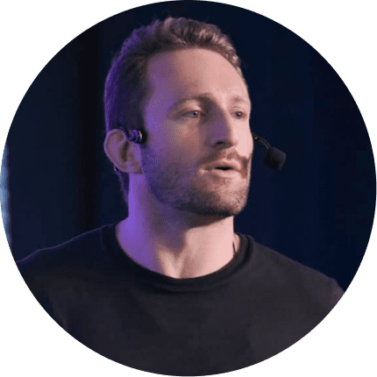

Com mais de 200 palestras online e offline em 2021 para clientes no Brasil, América Latina, Estados Unidos e Europa, o Andrea é hoje um dos palestrantes sobre Transformação Digital, Liderança, Inovação e Soft Skills mais requisitados a nível nacional e internacional. Ele já foi diretor do Tinder na América Latina por 5 anos, e Chief Digital Officer na L’Oréal, e hoje é também escritor best-seller e professor do MBA Executivo da Fundação Dom Cabral
With more than 200 keynotes delivered (online and offline) in 2021 to clients across Brazil, Latin America, the United States and Europe, Andrea is today one of the most requested speakers on Digital Transformation, Leadership, Innovation and Soft Skills in Brazil and globally. He has been the head of Tinder in Latin America for 5 years, and Chief Digital Officer at L’Oréal. Today he is also a best-selling author, and a professor at the Executive MBA at Fundação Dom Cabral.
Con más de 150 conferencias online y offline en 2022 para clientes en Brasil, América Latina, Estados Unidos y Europa, Andrea es hoy una de los conferencistas más solicitados sobre Transformación Digital, Liderazgo, Innovación y Soft Skills a nivel nacional e internacional. Fue director de Tinder en América Latina durante 5 años y Chief Digital Officer de L’Oréal Brasil. Es autor de best-sellers y profesor del Executive MBA de La Fundación Dom Cabral, una de las instituciones de mayor prestigio en Brasil.
CONTATO
Para consultas de data, propostas comerciais, ou para elogios ou até mesmo reclamações, pode preencher o formulário abaixo
CONTACTO
Para consultas de fechas, propuestas comerciales, para felicitaciones o hasta quejas, puede llenar el siguiente formulario
CONTACT FORM
In order to check Andrea's agenda and get a quote for an event, or even to just get in touch with him - please use the form below.


